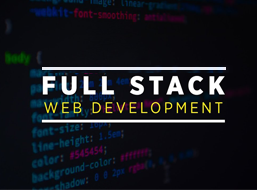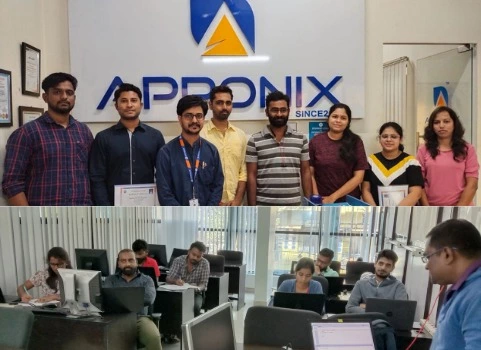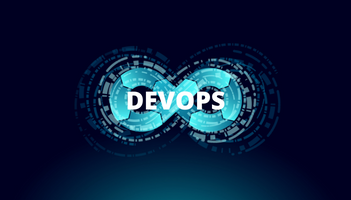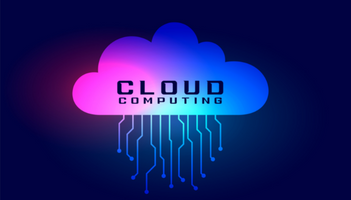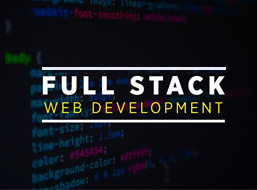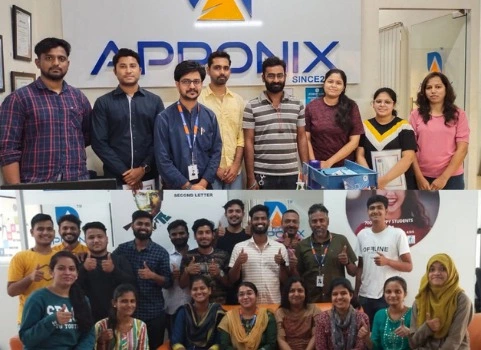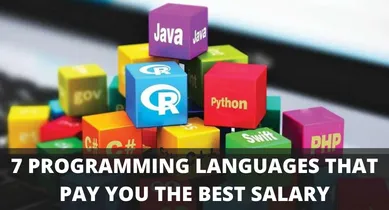Full Stack Web Development Master Program
Guaranteed 20 Interview Arrangements | Be eligible for 90% of the jobs in full stack development
2000+ Ratings
3000+ Happy Learners
Master Program in Full Stack Web Development Videos
Skills Covered
Key Features
Our Alumni Working in
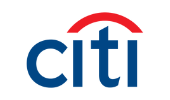


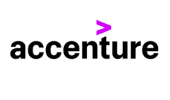
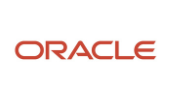
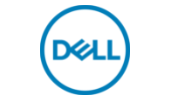
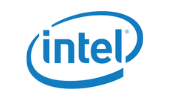

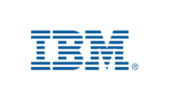

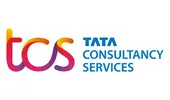

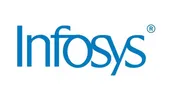

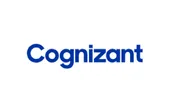


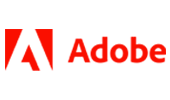
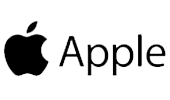


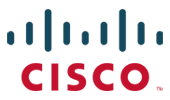

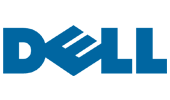
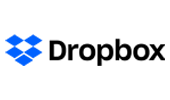


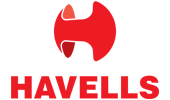

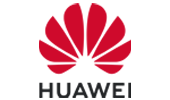

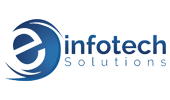
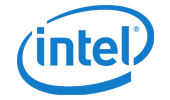
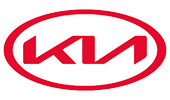
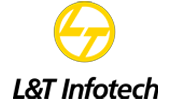

Course Reviews
I came to know about Apponix through Google. I am about to complete the course on Full-stack web development. The trainer and others associated with the course are very good and the teaching is top-notch.
I have taken the Full stack development course of Apponix Technologies. Trainers are good and very helpful for understanding the concepts. Thank you for helping us. ll trainers are very good, experienced with detailed Knowledge about the subject.
Apponix technology is a well-maintained sector where you can do your internship. Advanced staff, teaching style is very good. Not only knowledge gain but you will also get best experience. ll trainers are very good, experienced with detailed Knowledge about the subject.
I joined Apponix for python classes. All trainers are very good, experienced with detailed Knowledge about the subject. I learned about the automation skills and all the concepts of Java here. The best part is that they provide each topics video after the class and clear all doubts if we have any.
The Trainer who teaches Python has immense knowledge about the subject and the training is friendly you can clarify your doubts in the class room itself, it's a complete hands on training given by the trainer which helped me to learn the course more effectively as well as easily. Python Course at VSS innovative technologies is highly recommended.
Our Recent Placements
Classroom Training
Classroom Training
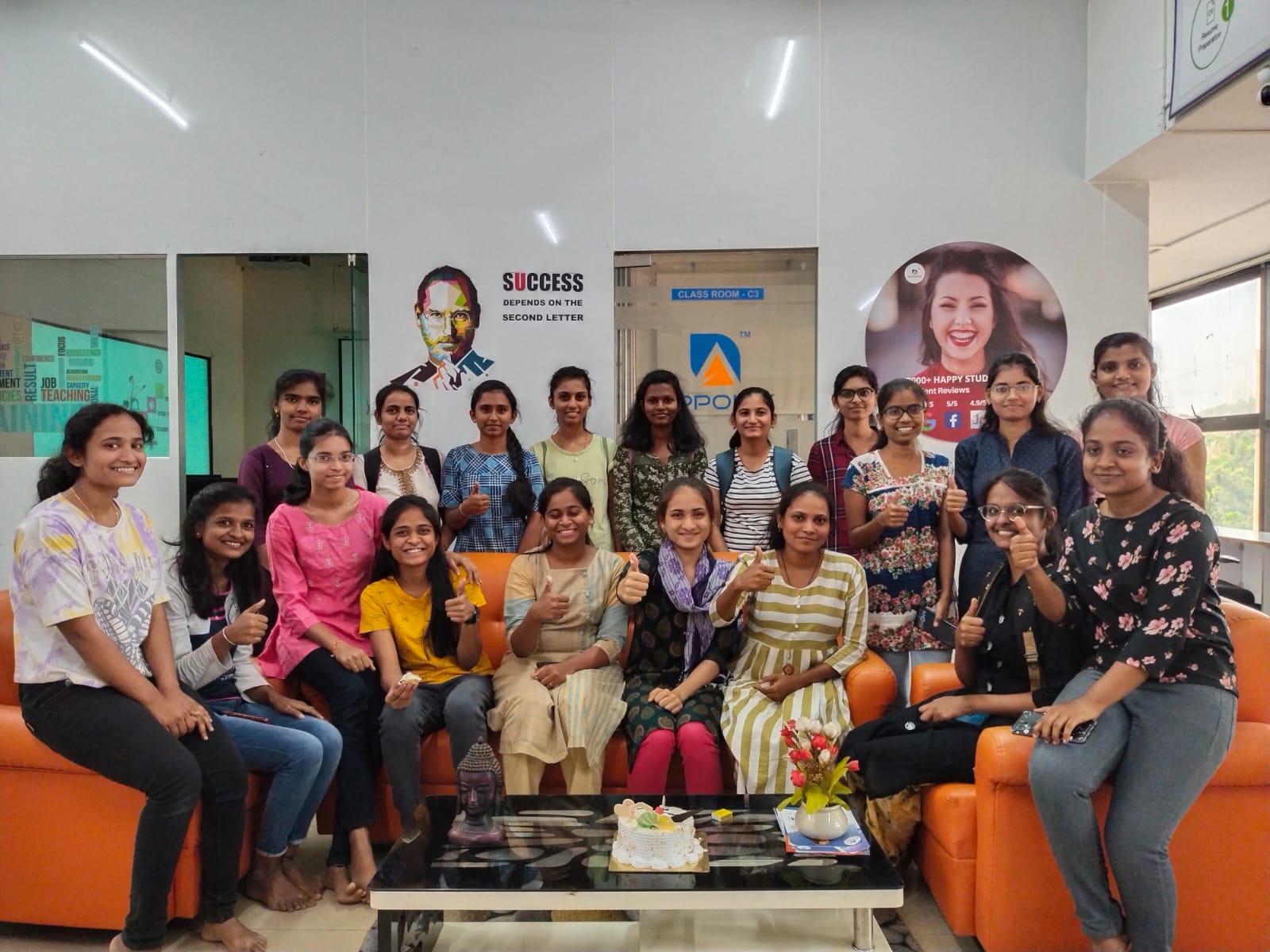
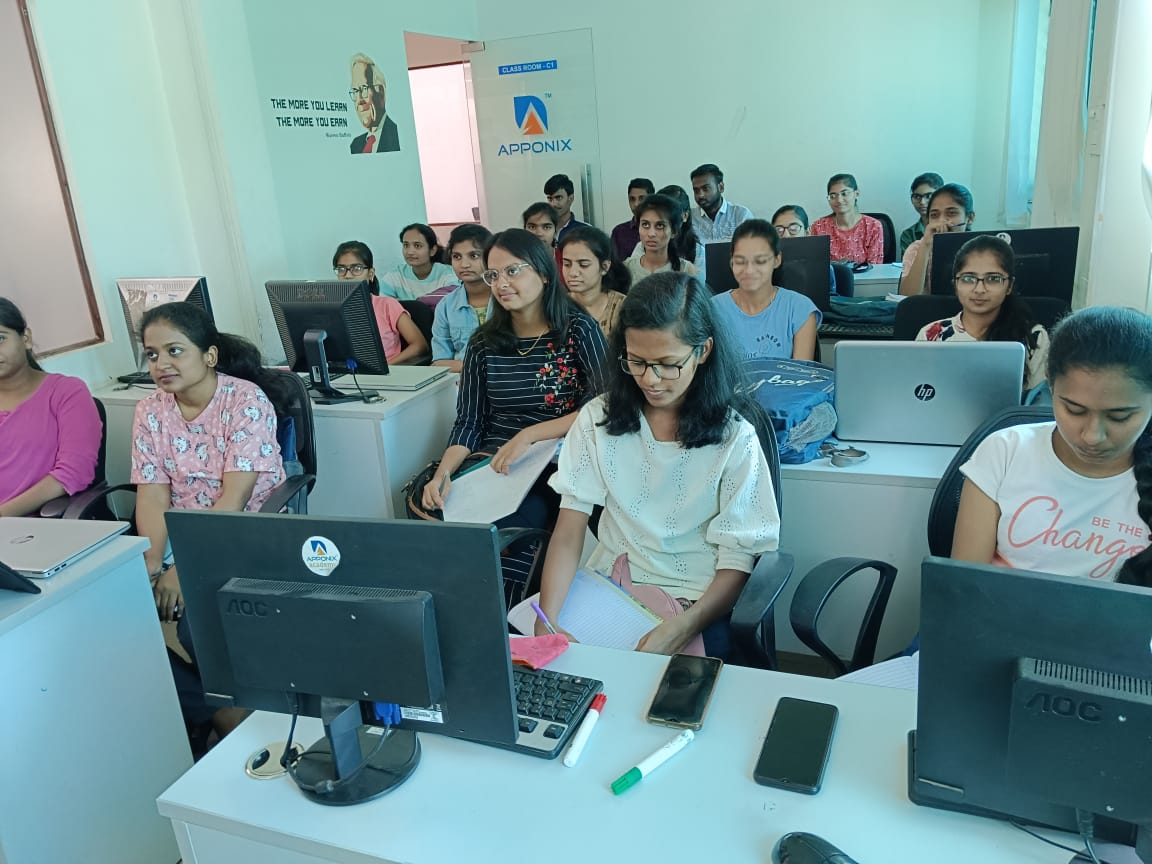
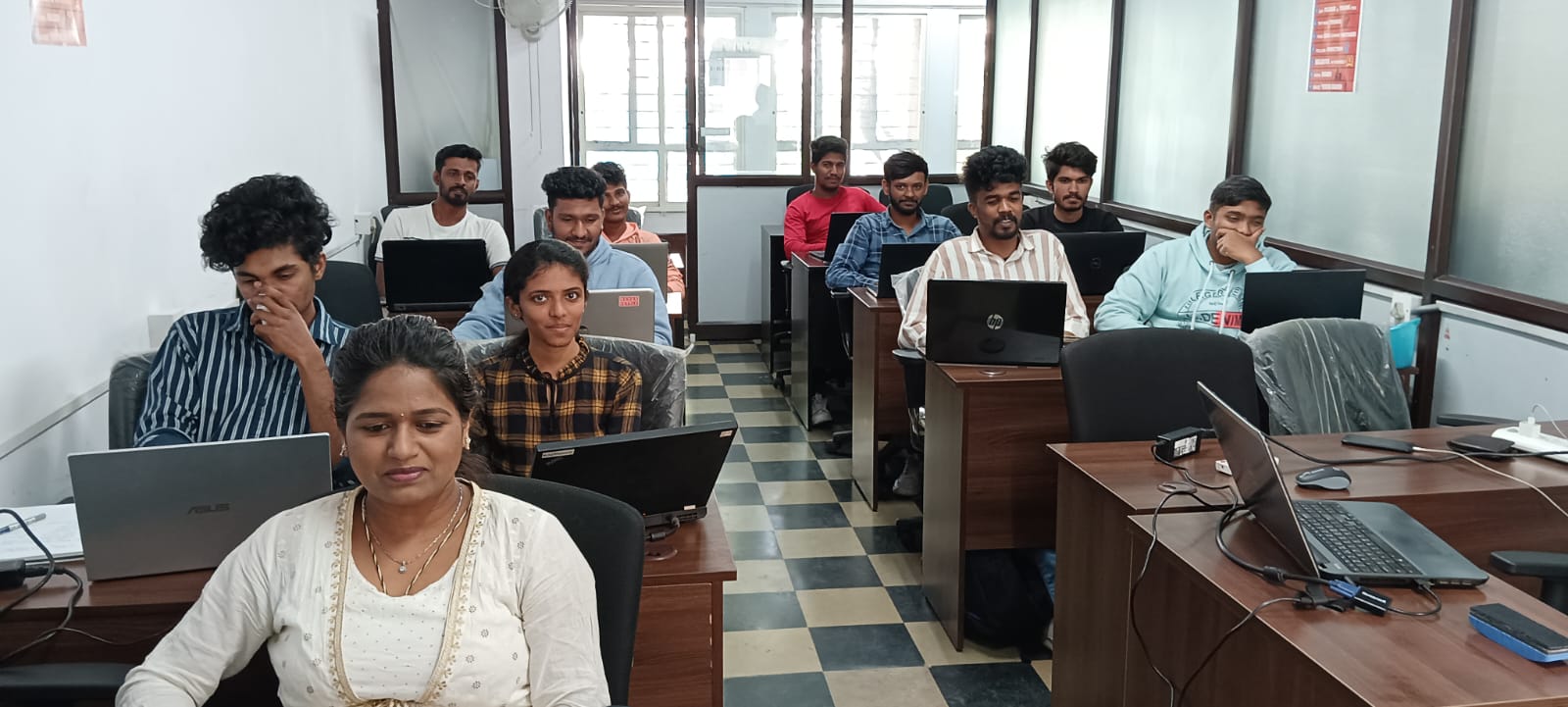
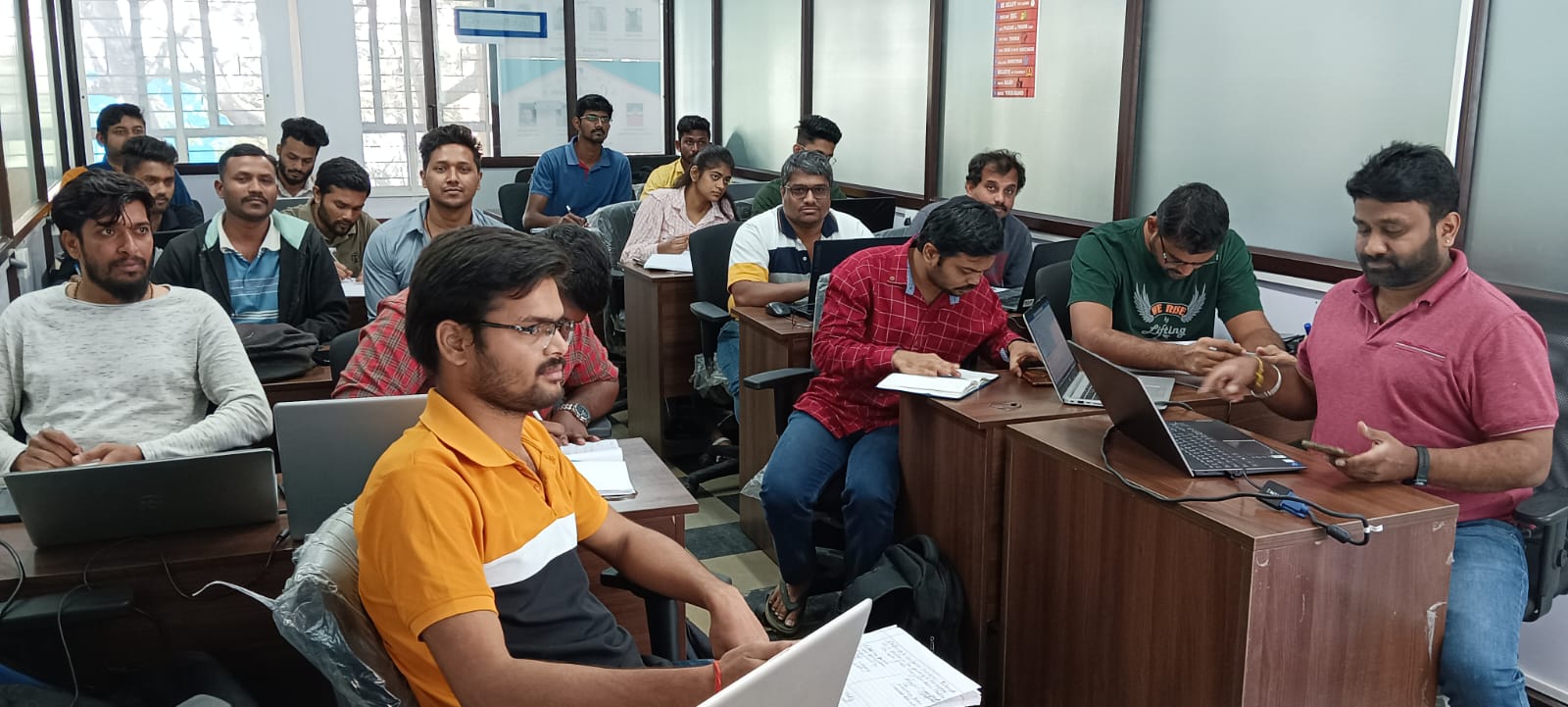
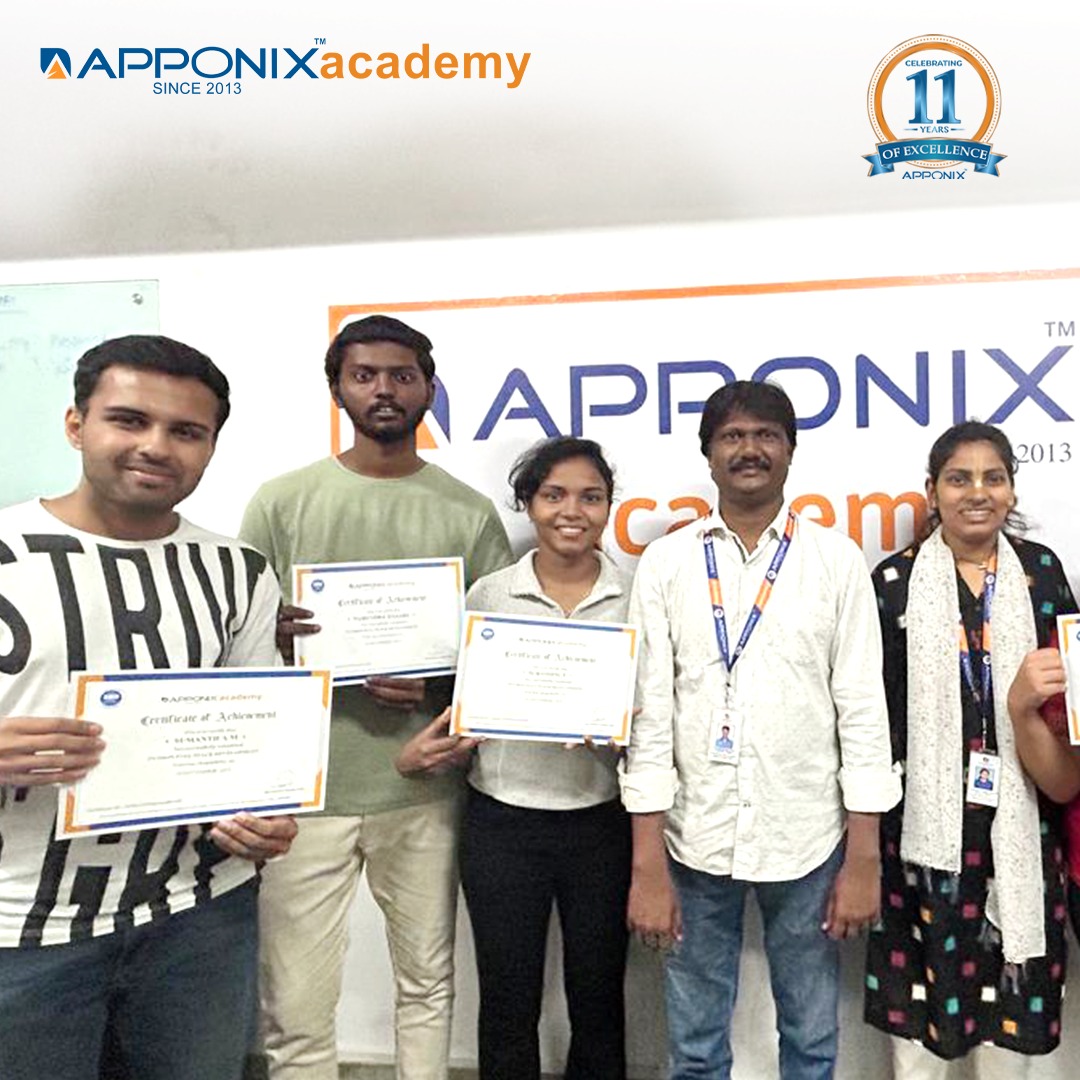
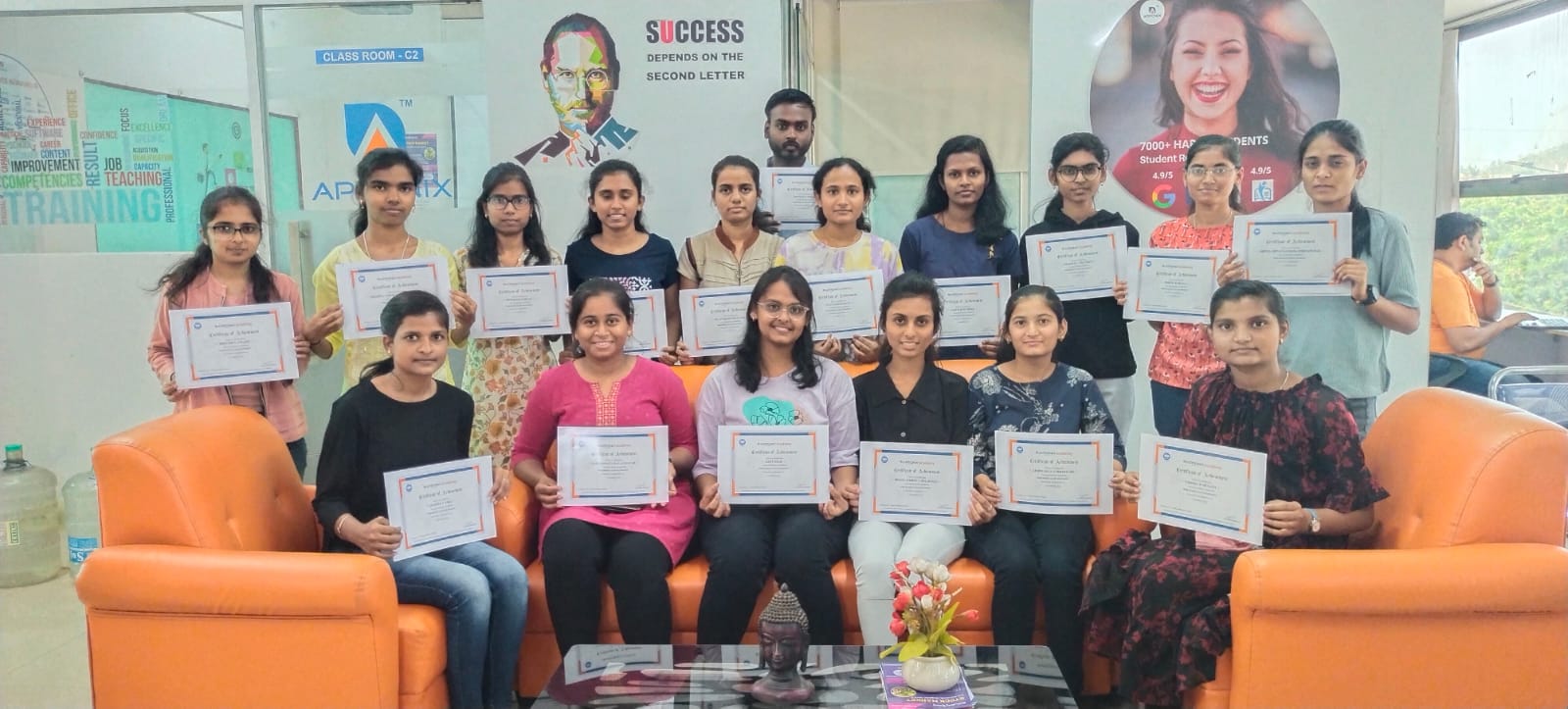
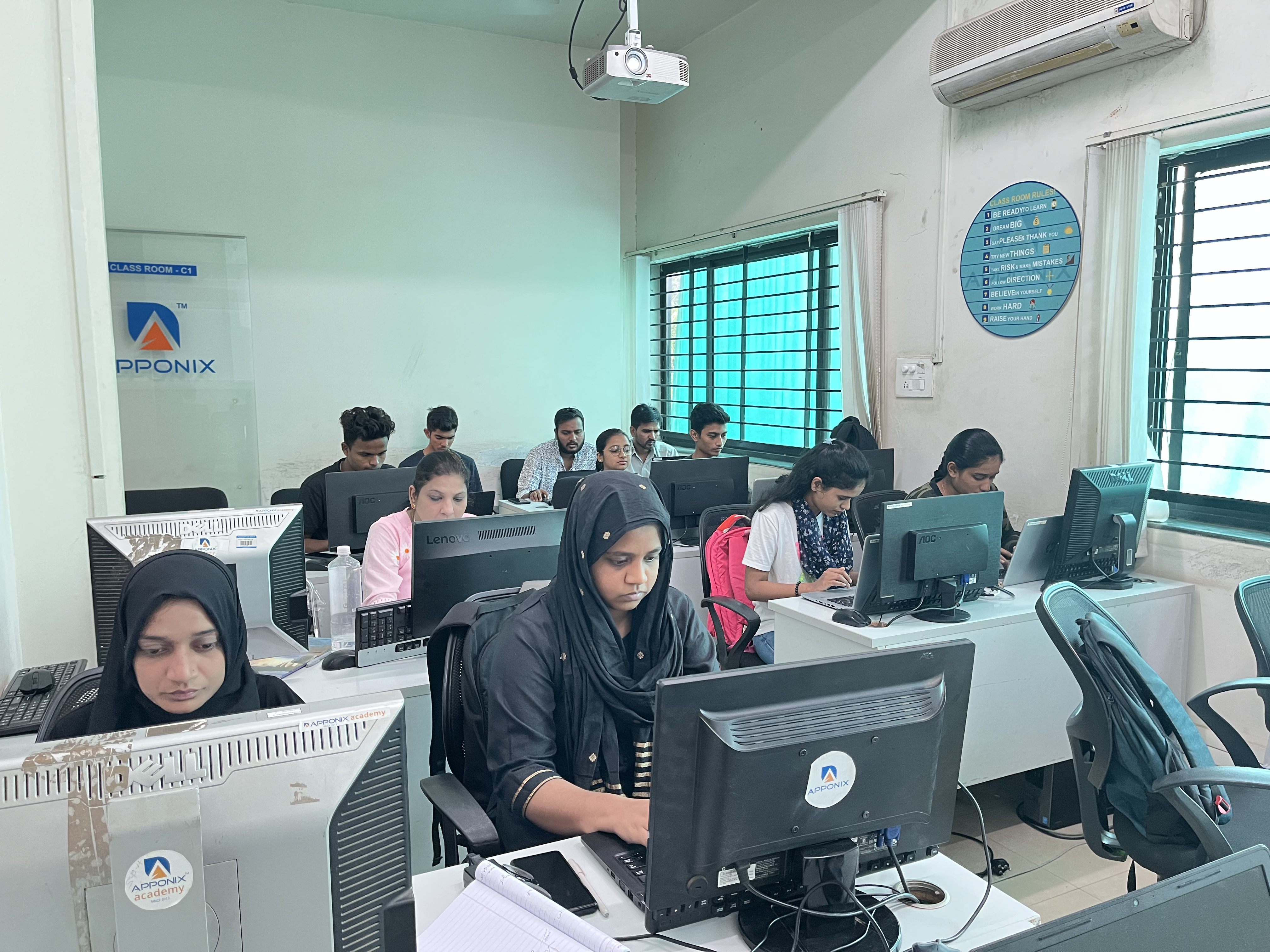
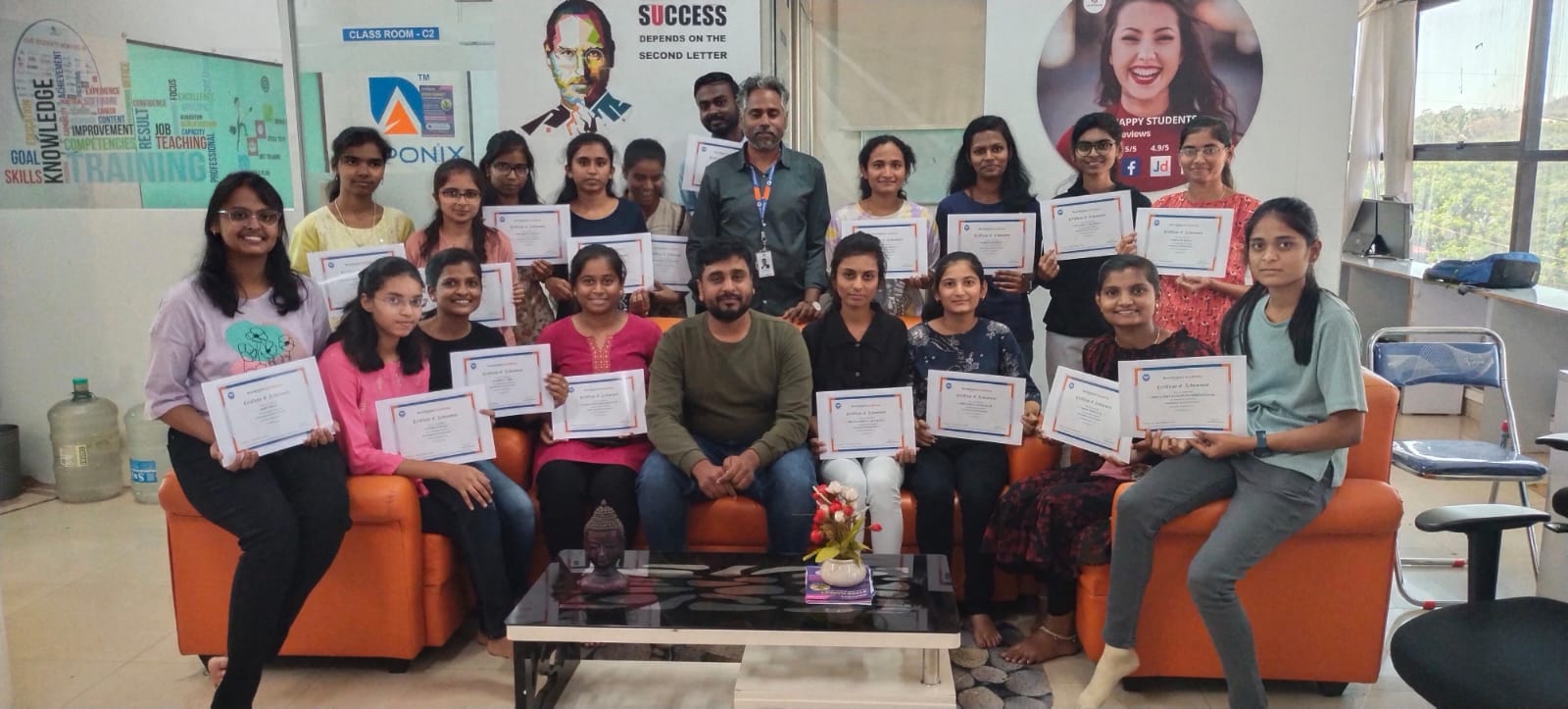
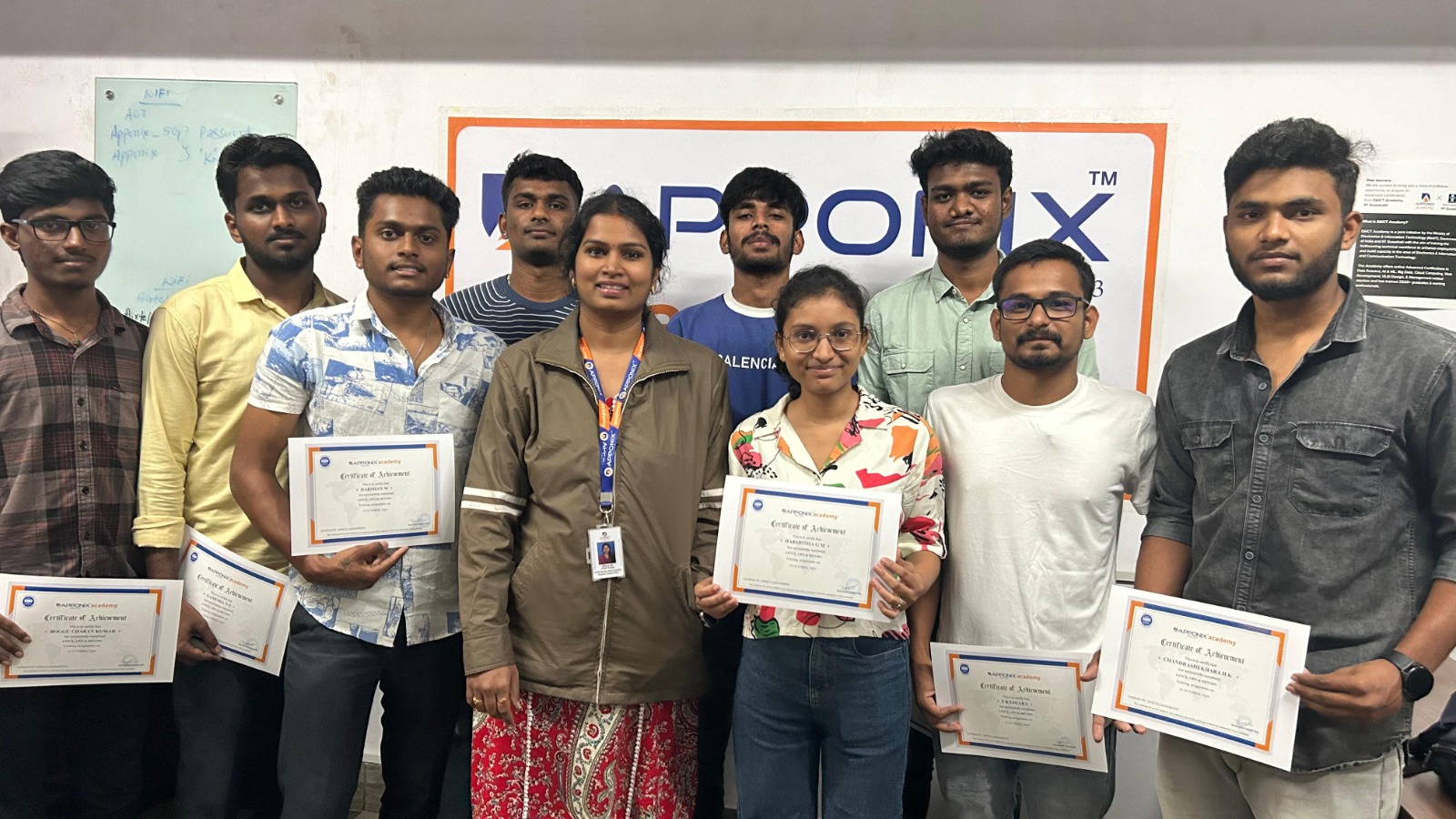
Available Training Options
Online Training
₹
- Interactive Live Training Sessions
- 140+ Hrs of instructor-led online Sessions
- Delivered by Working Professionals
- 1-Year Access to Recorded Sessions
- Placement Assurance
- Guaranteed 20 Interview Arrangements
Curriculum
Pre-requisites
Candidates should have basic programming language knowledge. This course is ideal for fresher and IT professionals.
Course Syllabus
- What is Markup Language
- Basic Structure of HTML
- Meta Tags External Link Tags
- HTML Structure Tags
- Difference between HTML & XHTML
- Introduction to HTML5
- Whats new in HTML5
- HTML5 Semantic Tag
- HTML5 Multimedia
- Create Table, Div, and Frame Tag
- Content and Header Tags
- Paragraph, Span, Pre Tags
- Anchor Links and Named Anchors
- Iframe anf Image Tag Implementing iFrame in Realtime
- Working with Forms
- Form Tag and Attributes
- POST and GET Method
- Text Input, TextArea, Checkbox and Radio
- Password Field
- Select Option, Option Group
- File Field and Hidden Fields
- Submit, Reset, Image Buttons
- HTML 5 Forms
- Canvas & SVGs
- Converting svgs into font-icons
- HTML5 Apis
- Introduction to CSS2 & CSS3
- Types of Style Sheets
- Media Type
- Default CSS Properties
- CSS Selectors
- Basic CSS Selectors
- Advanced CSS Selectors
- CSS properties
- Background Properties
- Block Properties
- Box Model Properties
- List Properties
- Border Properties
- Positioning Properties
- Flex
- Adding our own fonts to websites
- CSS Optimization and Compression Tips
- New CSS3 Properties
- CSS Rounded Corners
- Border Image
- Box and Text Shadow
- Multiple Backgrounds
- Background Origin
- Background Resize
- CSS Clip, Gradients, Opacity
- Transitions & Transform
- Introduction to Client-Side Scripting
- Introduction to Java Script
- Javascript Types
- Variables in JS
- Operators in JS
- Conditions Statements
- Java Script Loops
- JS Popup Boxes
- JS Events
- JS Arrays
- JS Objects
- JS Functions
- Using JavaScript in Realtime
- Validation of Forms
- Related Examples
- Introduction to jQuery
- jQuery Features
- Installing jQuery
- jQuery Syntax
- jQuery Ready Function
- jQuery Selectors
- jQuery Actions
- jQuery Custom Functionality
- jQuery Libraries
- jQuery Validation
- jQuery Slideshow
- jQuery Dropdown
- JS Functions
- jQuery UI
- jQuery Accordions
- jQuery Tabs
- jQuery Tooltips
- jQuery Auto complete
- Introduction
- OOPS (Object Oriented Programming & Systems)
- STRING Manipulation
- Array
- Packages
- Exception Handling
- I/O Streams
- Multithreading
- Wrapper Classes
- Understanding Basic SQL Syntax
- Querying Data with the SELECT Statement
- Filtering Results with the Where Clause
- Shaping Results with ORDER BY and GROUP BY
- Matching Different Data Tables with JOINS
- Creating Database Table stamp
- Spring Framework
- Java Spring Boot
- React JS Basics
- React JS Features
- React JS Setup and Hello World Application
- React JS JSX
- React JS Component
- React JS State
- React JS Props
- React JS Constructor
- React JS Lifecycle
- React JS Events
- React JS Router
- React JS Forms
- React JS Tables
- React JS Portals
- React JS ES6
- React JS CSS
- React JS Hook
- React JS and Back End Integration
- React JS Using Back End CRUD Application
- React JS, JDK 1.8, Spring Boot, Hibernate, Maven, MySQL, Microservices, Project Lombok- Project Implementation
- Rest Api
- Authentication and Authorization
- Mini project - Quiz App
- Mongo DB
- Introduction & Overview of MongoDB
- MongoDB Installation
- CRUD Operation in MongoDB
- Data Modeling
- Storage Classes
- Indexing and Performance Considerations
- Aggregation
- MongoDB Replication
- Brief History of Angular Prerequisite for Angular Basic Understanding of CSS
- Basic Understanding on Javascript
- Introduction : Typescript
- Building Blocks of Angular
- What is Linting? Why does it matter to us?
- More on TSLint
- Exploring TSLint
- Playing With TSLint
- Modules: What makes it so cool?
- Modules: What does a Module look like?
- Modules: What does import do?
- Modules: Why Declarations & imports?
- Modules: Why Providers & Bootstrap?
- Modules: What is Root Module?
- Creating new module in Angular Application...
- Creating new Component in new module...
- Directives: What makes them so awesome?
- Directives: What really is a Directive?
- Directives: Types of Directives
- Directives: Flavours of Directives
- Directives: How to create Directives
- Directives: How does Directive look like?
- What makes the Component so cool?
- Component Lifecycle
- Components: Components in Components
- Components: Component Interaction
- Components: More on Components
- Pipes: What makes them so awesome?
- Pipes: What really is a Pipes?
- Pipes: Journey from filters to Pipes Syntax of Pipes and the Connection with
- Pipes: Types of Pipes
- Diving into Built-in Pipes
- Pipes: How to create Pipes
- Pipes: How does pipes look like? Using Multiple Pipes...
- Services: What makes them so awesome?
- Services: What really is a Services?
- Services: Types of Services
- Services: How to create Services
- Services: How does Services look like?
- Routing: What does it take to do Routing ?
- Routing: What really is a Routing?
- Routing: Who does the real Routing?
- Angular Router: What is it?
- Routing: How to Create Routing
- Routing : How does Router look like
- What is Test Driven Development(TDD) And Behavioral Driven
- Development(BDD)?
- Testing Frameworks in JS
- Why to test angular code?
- Types of Testing
- How to run test?
- Testing: Jasmine
- Testing: Fundamental Concepts Dependency Injection (DI)
- Testing: Karma
- Testing: Test Entry File
- Component Testing
- Service Testing
- Directive Testing
- Pipe Testing
- Test debugging
- Mini Project: User Dashboard
- Using Bootstrap 4 in Angular Project
- Navigate the AWS Management Console
- Recognise AWS Global Infrastructure
- Describe the security measures AWS provides
- Create an Amazon EC2 instance
- Remotely connecting to an EC2 instance
- Setting up Amazon Linux and Apache web server
- Browsing Amazon Machine Images (AMI)
- Specifying security groups and key pairs
- Creating new images off of running instances
- Identify key AWS storage options
- Describe Amazon EBS
- Use Amazon EBS with Amazon EC2
- Working with Volumes and snapshots
- Transmitting data in/out of the Amazon cloud
- Implementing a Web server in an Amazon Linux/Windows Instance
- Configure the firewall to access a Web server
- Security issues in Public Cloud
- Securing the Access : Creating a RSA Public/Private Key for VMs
- Creating a software firewall
- Configuring firewall rules
- Securing the access with an Elastic IPs
- Using EC2 Command Line APIs [from Windows/Linux machines]
- Creating Groups and Defining access policy
- Creating Users
- Login to AWS account using new users
- Unix, Linux, Debian
- Virtualization, software, diff b/w reg and virt
- OS Architecture
- Windows VS Linux
- Gnome and shell
- Types of shell
- FS Hierarchy
- Access a shell prompt and issue commands with correct syntax Listing and navigating
- Log in and switch users in multiuser targets
- Archive, compress, unpack, and uncompress files using tar, star, gzip, and bzip2
- Create and edit text files
- Create, delete, copy, and move files and directories
- Create hard and soft links
- Locate, read, and use system documentation including man, info, and files in /usr/share/doc
- Access remote systems using SSH
- List, set, and change standard ugo/rwx permissions
- Create and configure set-GID directories for collaboration
- Use input-output redirection
- Use grep and regular expressions to analyze text
- Identify CPU/memory intensive processes and kill processes
- Manage tuning profiles
- Locate and interpret system log files
- Securely transfer files between systems
+91-8050580888
Master Program in Full Stack Web Development Industry Project
Adding custom number
Create a web framework, User inputs two numbers and by press add button result displays on the connective page along with the background color without changing from the home page.
Registration and login page
Create a GUI color game application create a web framework, Where User uses the Register page, login page, and register their name once registered user can login to the page by username and password which is saved in the database, and login information collects from the database and displays user's home page.
Python Tkinter
Simple Calculator Project
The user can do all arithmetic operations such as multiplication, addition, division, and subtraction.
Our Top Instructors
Overview
This program comes with a job guarantee. It is ideal for students who want to become successful full-stack developer. Learn back-end, front-end, cloud, and middleware technologies used by web developers. You will also be able to gain the the the the the skills needed to build end-user applications, test them and deploy the same seamlessly.
What is Super 30?
The technical skills gained in this program will help students become aware of the latest technologies and become self-sufficient to get a job at a very young age.
Related job roles
- Full Stack Web Developer
- Full Stack Java Developer
- Front-End Developer
- Web Developer
- Back-End Developer
- Web Designer
- Full-Stack Developer
Full Stack Development Course Objectives
- Develop an web application from scratch
- Host and manage applications in a AWS cloud
- Use gitlab to push & pull source code
- Host the web application in a AWS cloud
- Use CI/CD devops tool to integrate & deploy the code
- Learn how to host applications in cloud infrastructure
- Connect to application using mongoDB database
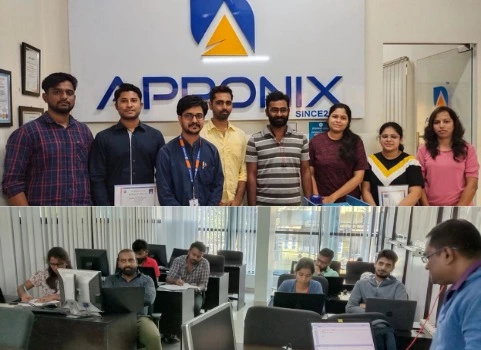
Master Program in Full Stack Development
Full Stack Development is a rapidly growing field in the tech industry that combines both front-end and back-end development. With the increasing demand for full-stack developers in the job market, it has become necessary for aspiring developers to equip themselves with the right skill set and knowledge to succeed in this field. This is where Full Stack Development Career in 2025 Certification Training Course comes in.
Why Should You Take This Course?
- The Full Stack Development Career in 2025 Certification Training Course offers an in-depth training program that covers all aspects of full-stack development, including HTML, CSS, JavaScript, React, Angular, Node.js, MongoDB, and more. By taking this course, you will gain the necessary knowledge and skills to become a competent full-stack developer, and the certification will serve as proof of your expertise in this field.
- Advantages of Taking Full Stack Development Career In 2025 Certification Course
- There are several advantages of taking the Full Stack Development Career in 2025 Certification Course, including:
- Comprehensive Curriculum: The course offers a comprehensive curriculum that covers both front-end and back-end development, making you a well-rounded full-stack developer.
- Hands-on Experience: The training program provides hands-on experience through practical projects, giving you real-world exposure and preparing you for the challenges of the job market.
- Industry-Relevant Skills: The course is designed to equip you with the latest industry-relevant skills and knowledge to keep you up-to-date with the changing demands of the tech industry.
- Career Advancement: With the certification, you can demonstrate your skills and knowledge to potential employers and advance your career in the field of Full Stack Development.
- Higher Earning Potential: Full-stack developers are in high demand, and the certification will help you stand out from the competition and command higher salaries.
Why Full Stack Development Career In 2025 Courses Is More Popular?
- The Full Stack Development Career In 2025 courses are more popular due to the increasing demand for full-stack developers in the tech industry. With the rise of web-based applications and the need for seamless integration between front-end and back-end development, full-stack developers have become an essential part of any tech team. Additionally, the Full Stack Development Career in 2025 Certification Course offers a comprehensive training program that prepares you for the challenges of the job market, making it a popular choice among aspiring developers.
Job Opportunities for Full Stack Development Career In 2025 Professionals in 2025
The job market for full-stack developers is expected to grow at a rapid pace in the coming years, and there will be an increasing demand for professionals with the necessary skills and knowledge to fill these roles. Some of the job opportunities for Full Stack Development Career In 2025 professionals in 2025 include Full Stack Developer, Web Developer, Software Engineer, Application Developer, and more. With the right skills and certification, you can be sure to secure a high-paying job in the tech industry.
